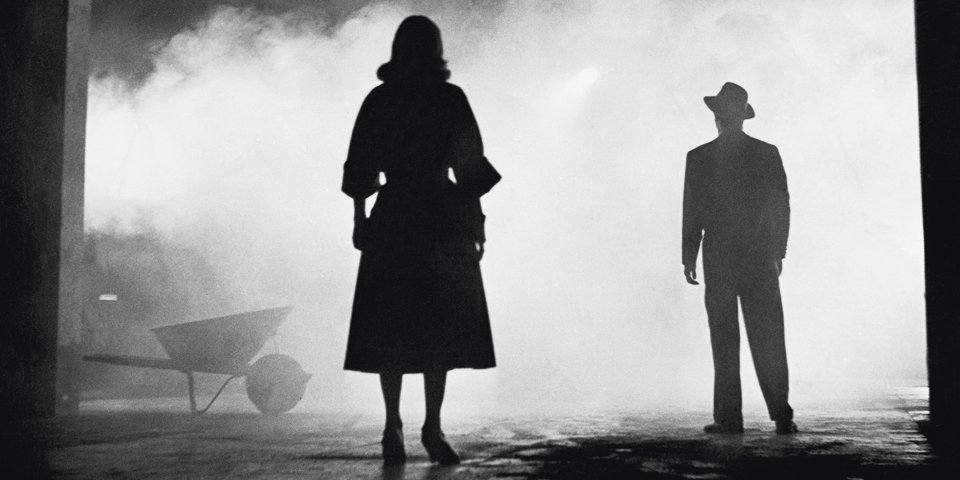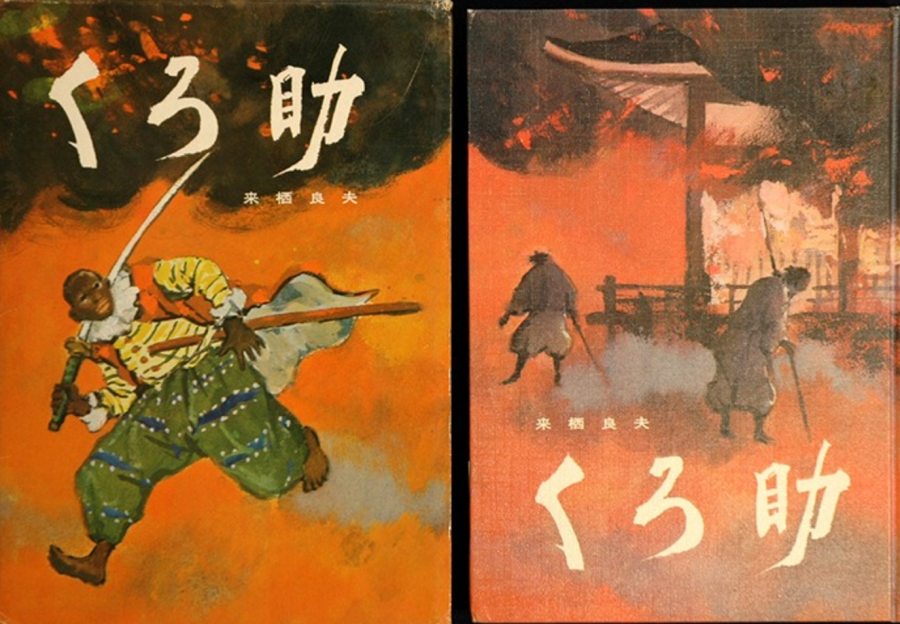In 1992, Richard Linklater faced one of the most formidable challenges in the life of any successful filmmaker: following up on his breakthrough. The previous year he’d become an art-house star with Slacker, an examination of the various lives aimlessly but amusingly lived at the Generation‑X periphery of Austin, Texas, a film whose deliberately wandering form perfectly matched its substance. That got him enough of a profile to command the relatively huge budget of $8 million (versus Slacker’s $23,000) to make Dazed and Confused, the story of a bunch of Austin teenagers on the last day of high school in 1976. While the movie hardly turned blockbuster, it did help solidify Linklater’s place among the American auteurs — and almost accidentally launched the career of one of today’s biggest movie stars.
Matthew McConaughey stole Dazed and Confused’s show, as many critics and fans saw it, as David Wooderson, an early-twentysomething who still prefers the company of high-schoolers. You can watch a piece of his original audition tape, made available by the Criterion Collection, at the top of the post. “He is a character we’re all too familiar with in the movies,” wrote the Austin Chronicle’s Marjorie Baumgarten, “but McConaughey nails this guy without a hint of condescension or whimsy, claiming this character for all time as his own.”
Some of the most memorable moments of his performance, which you can see in its final form in the clips just above and below, owe to its improvisatory nature: originally a small part with just a couple of lines, the character of Wooderson grew with every resonant on-set invention.
“Of the many great people I met in the process of casting this movie, you were selected because I had a gut impulse about you,” wrote Linklater in the letter that accompanied the 1970s mixtape he sent out to inspire Dazed and Confused’s cast. “Know your character so we can forget about it and build something new, something special, in its likeness. As I’ve said before, if the final movie is 100% word-for-word what’s in the script, it will be a massive underachievement.” And in a sense, McConaughey’s casting itself, as he and casting director Don Phillips told it in a Texas Monthly oral history of the movie, happened improvisationally as well. It came as the result of a chance encounter at an Austin hotel, where Phillips spotted “this really good-looking girl at the end of the bar with this pretty cool-looking guy.”
That cool-looking guy was, of course, McConaughey, who’d turned up for the drink discount from the bartender, his film-school buddy. “Hey, man, the guy down at the end of the bar is in town producing a film,” said the bartender to the aspiring actor by way of a tip, and before they know it, in McConaughey’s words, “We’re talking about life and women and some great golf hole he’s played.” By the time of their ejection from the bar, they’d developed enough instant camaraderie for Phillips to offer McConaughey an audition: “Maybe we’ll put you on tape to see what you look like.” Though Linklater at first balked at his fellow Texan’s excessive handsomeness, he eventually came to realize his suitability for the part, and the rest — up to and including McConaughey’s reprisal as a fortysomething but otherwise unchanged Wooderson in the music video for The Black Widows’ “Synthesizers” — is cinema history.
Related Content:
Watch Free Online: Richard Linklater’s Slacker, the Classic Gen‑X Indie Film
Based in Seoul, Colin Marshall writes and broadcasts on cities and culture. He’s at work on a book about Los Angeles, A Los Angeles Primer, the video series The City in Cinema, the crowdfunded journalism project Where Is the City of the Future?, and the Los Angeles Review of Books’ Korea Blog. Follow him on Twitter at @colinmarshall or on Facebook.



